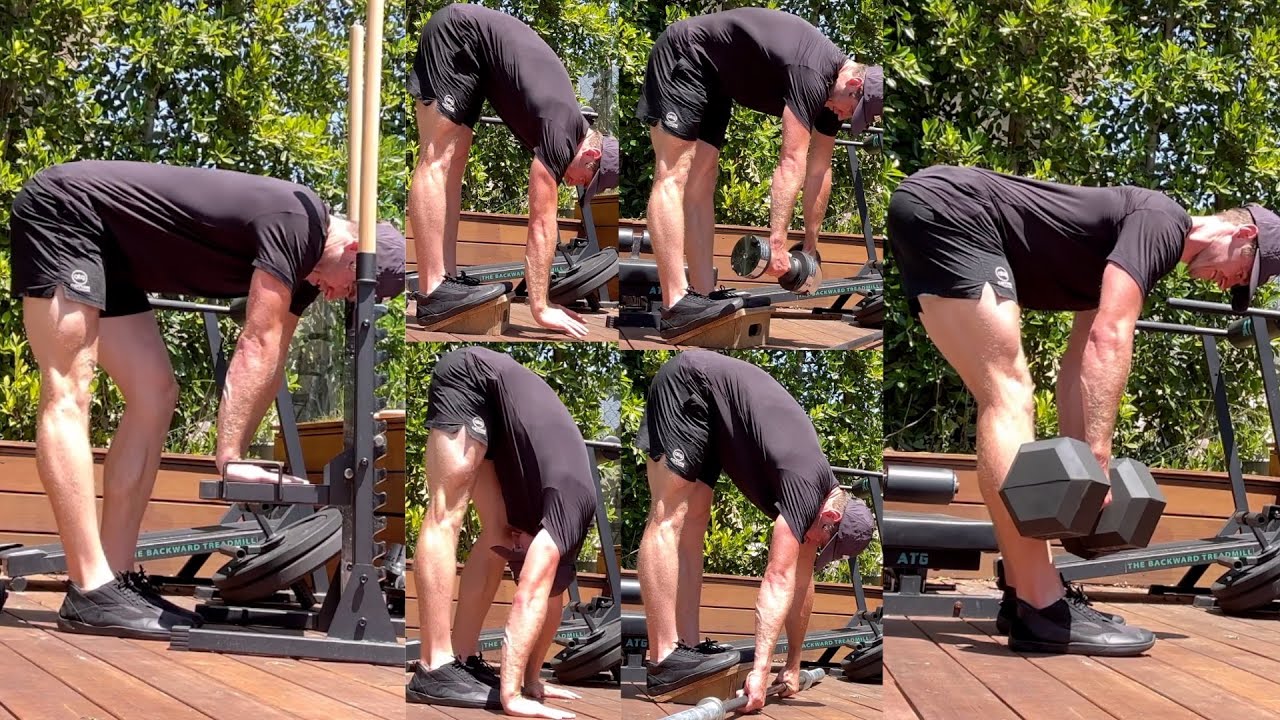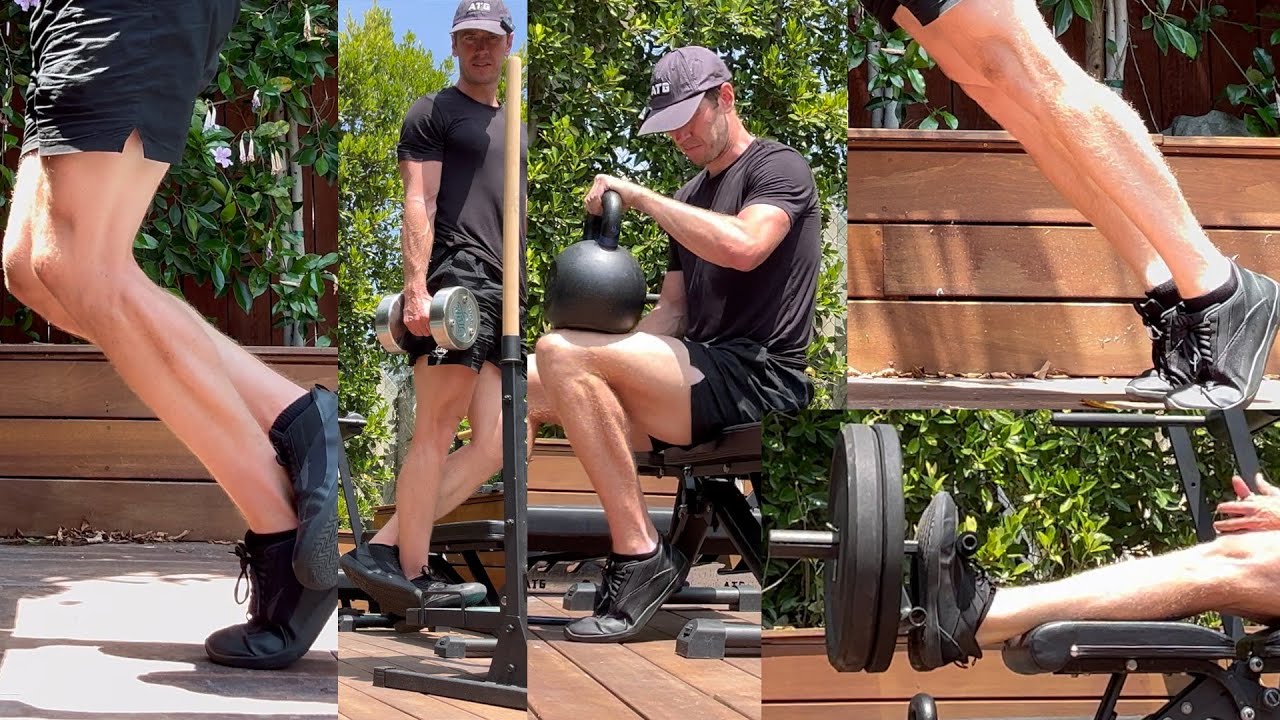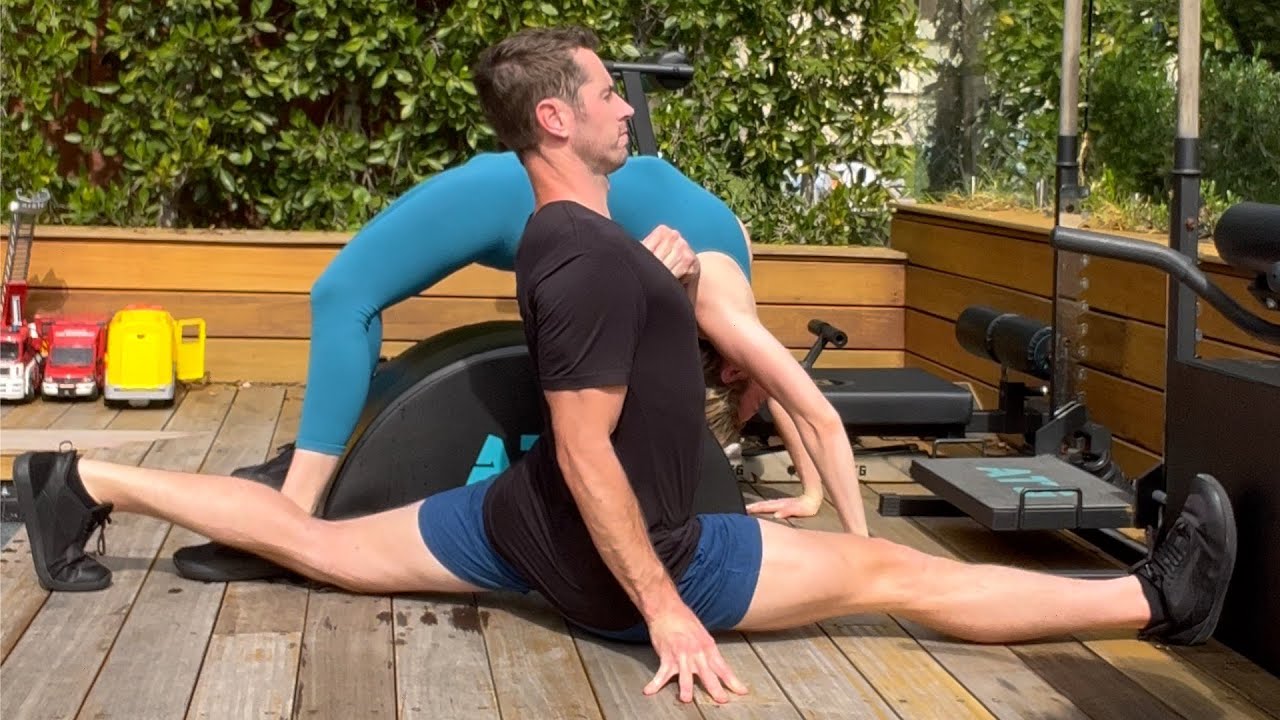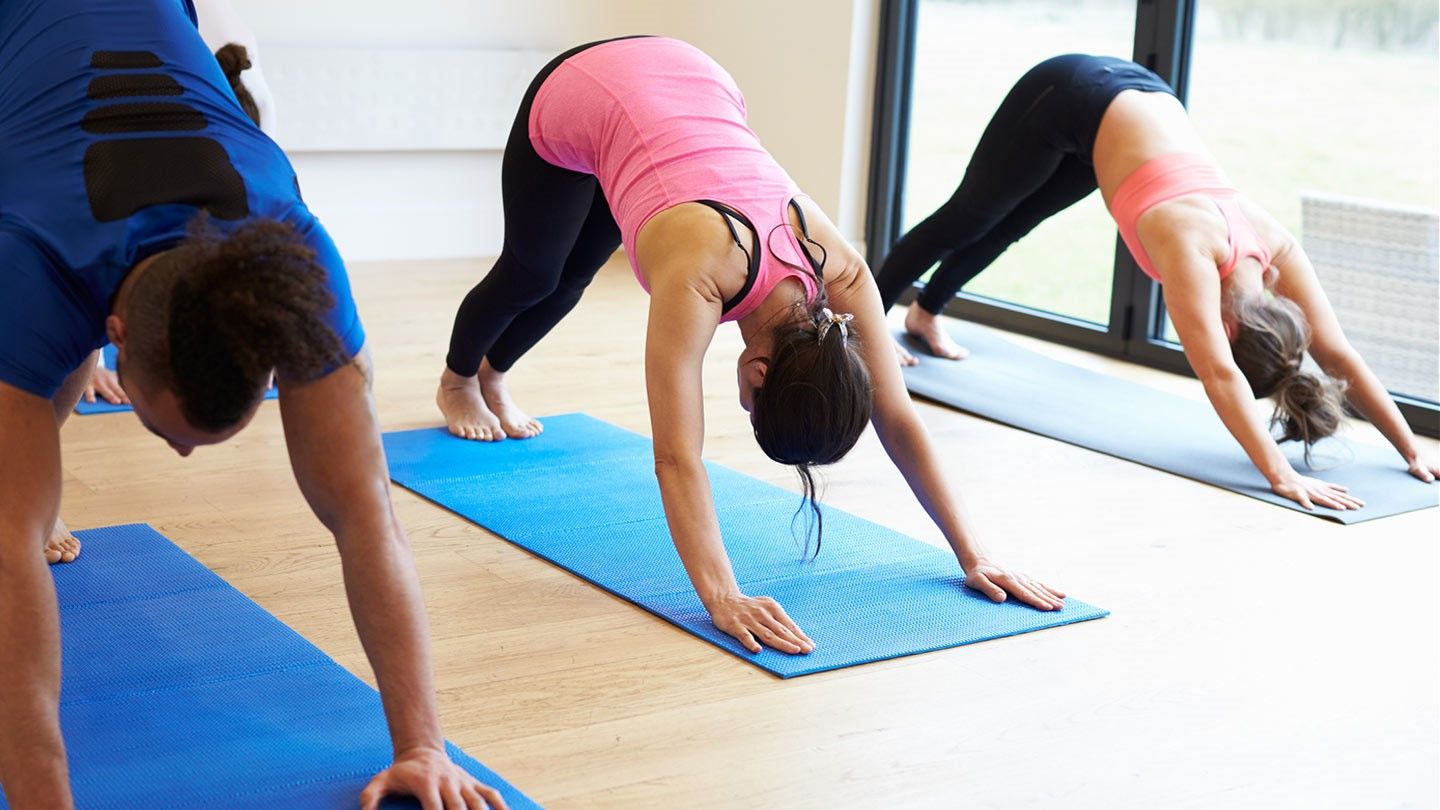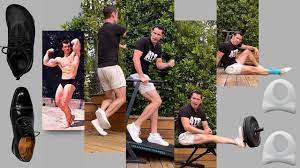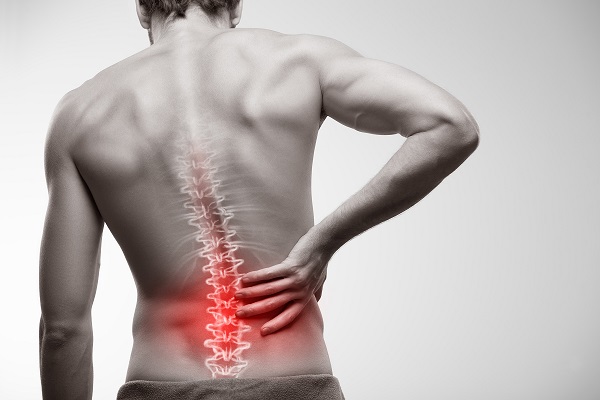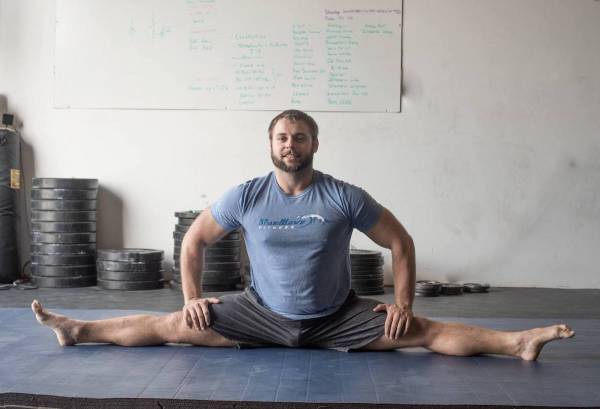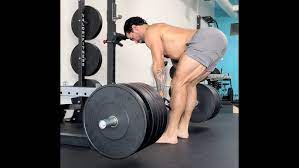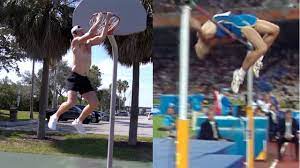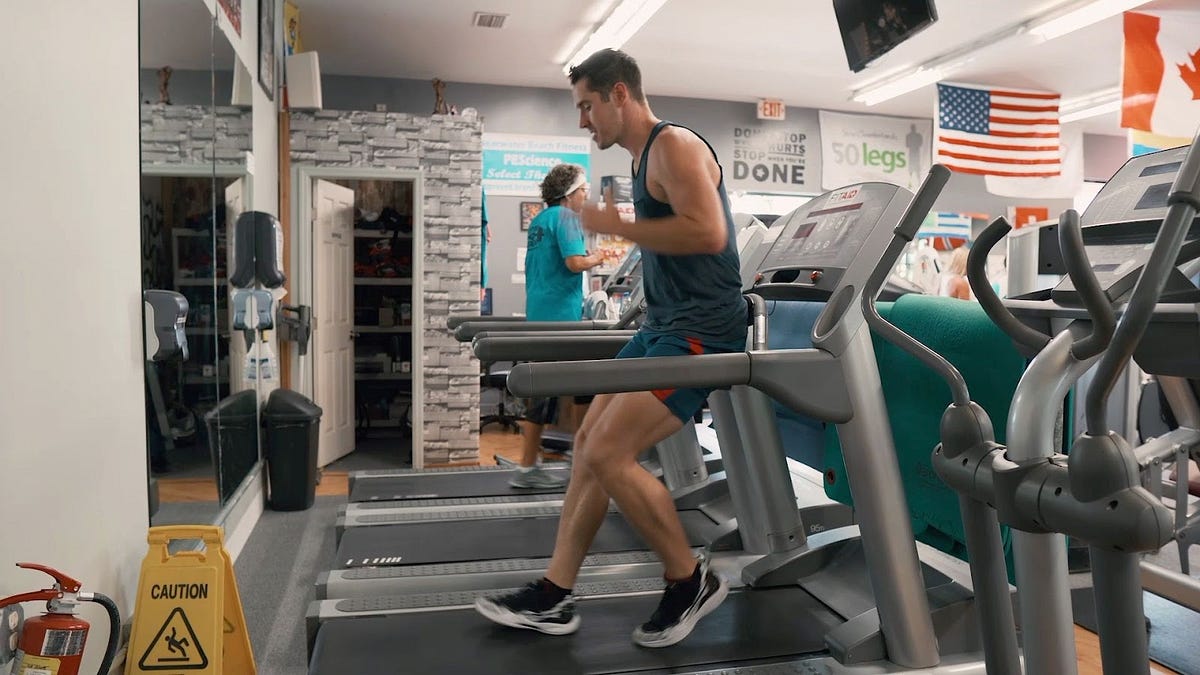
Walking Backwards On A Treadmill: 7 Surprising Benefits You Need To Know
Let us talk about walking backwards on treadmill. This exercise is very beneficial for knee pain and leg strength. Let us start small. Make those smaller steps faster over time while remaining smooth.
Then, gradually increase the size of the steps until your toes are behind your knees. Increase resistance only if you do not need to shorten your steps. Step faster while staying on your toes.
Safe Spaces and Assistance
This exercise can be done at different levels. At the most basic level, you can do it in a pool. On land, find a safe spot or hold hands with a partner who can see where you are going. A treadmill at the gym may work, but I prefer to use it turned off. This way, I overcame some resistance.
Ideally, you would be belted to a sledge on turf, but this is not always possible at home. So we created a home-friendly resistance treadmill. Other companies offer more commercial options.
Less Knee Pain
This exercise is highly personalised for long-term goals. The friction of treadmills, sleds, and turfs varies. Thus, your measurements will differ from setup to setup. Here’s my take: backward walking is a step towards less knee pain in deeper positions.
It assisted me in weaning myself off of knee painkillers. Deeper strengthening kept me off and gradually built me up. But I did not stop going backward. Going faster or even alternating with forward walking provides effective cardio while warming up and strengthening your legs. This also contributes to your long-term knee goals.
Potent Cardio
Backward walking on a treadmill provides significant cardio benefits. It warms your legs and gets your heart pumping. This is an excellent way to begin your exercise routine and ensure that your body is prepared for more intense workouts.
Efficient Routine
To me, the long-term goal is to find an efficient way to keep backward walking part of your routine. My best form tip is to keep working on your steps, resistance, and setup. Do this until you’re getting a great pump in your legs without knee pain.
Overcoming Barriers
I have spent the last year or so working on equipment solutions to the most common barriers. Thank you for making it all possible. You can make significant progress by beginning with small steps and gradually increasing your resistance. Remember to find safe spaces and, if necessary, seek help from a partner or coach.
Strengthening Legs
Backward walking on a treadmill is an excellent way to tone your legs. It works different muscles than forward walking and increases overall leg strength.
Improving Balance
Improved balance is another surprising benefit. Walking backwards tests your body in new ways, making it an excellent workout for improving balance and coordination.
Better Posture
Backward walking can also improve your posture. It engages your core and forces you to maintain a straight back, helping you develop better posture over time.
Walking Backwards On A Treadmill
Walking backwards on a treadmill has numerous advantages, including less knee pain, increased cardio, and improved posture. Keep it in your routine, and you will reap long-term benefits. Thank you for reading, and I hope these tips improve your knee health and overall fitness!
https://mobilityabilityagility.com/
https://mobilityabilityagility.com/
🚀 Be the first to know! Join Our Inner Circle for Exclusive Updates 🚀
Welcome to our inner Inner Circle! Get ready to dive into a world of blog updates and exciting product launches, delivered straight to your inbox.
🔥 What’s in it for you?
- Stay ahead of the curve with up-to-the-minute blog post releases.
- Be the first to discover our latest products and offerings before anyone else.
- Access free updates on our newest blog posts, packed with valuable insights.
Join our tribe of forward-thinkers, early adopters, and knowledge seekers. By subscribing, you’ll be part of a like-minded community committed to growth, learning, and staying in the know.
Expect engaging content, actionable tips, and a touch of inspiration. We’re excited to embark on this journey with you. Welcome aboard!

